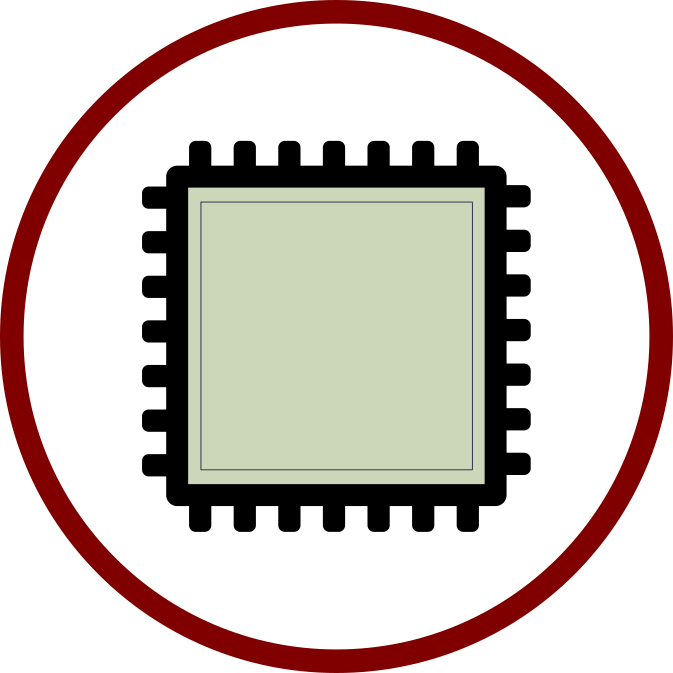What Hardware Am I Using?
I received an email from a reader asking me what controller I am using, so I figure I would make a new post with this information: (All links open in a new tab) PXIe-8105 Embedded Controller https://www.ni.com/en-us/support/model.pxie-8105.html PXIe-1062Q https://www.ni.com/en-us/support/model.pxie-1062q.html PXIe-6592R https://www.ni.com/en-us/support/model.pxie-6592.html And a picture (why not?):
